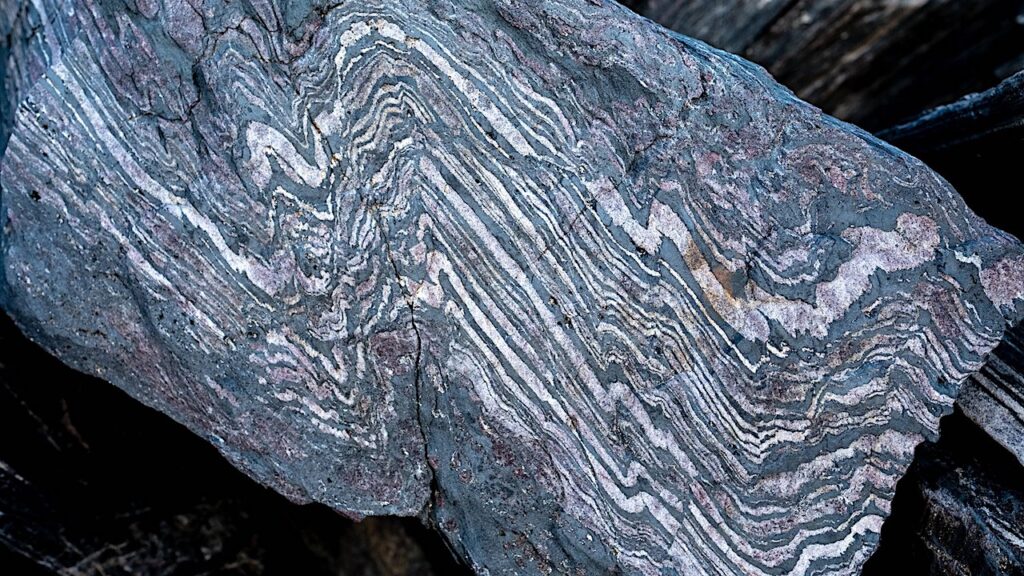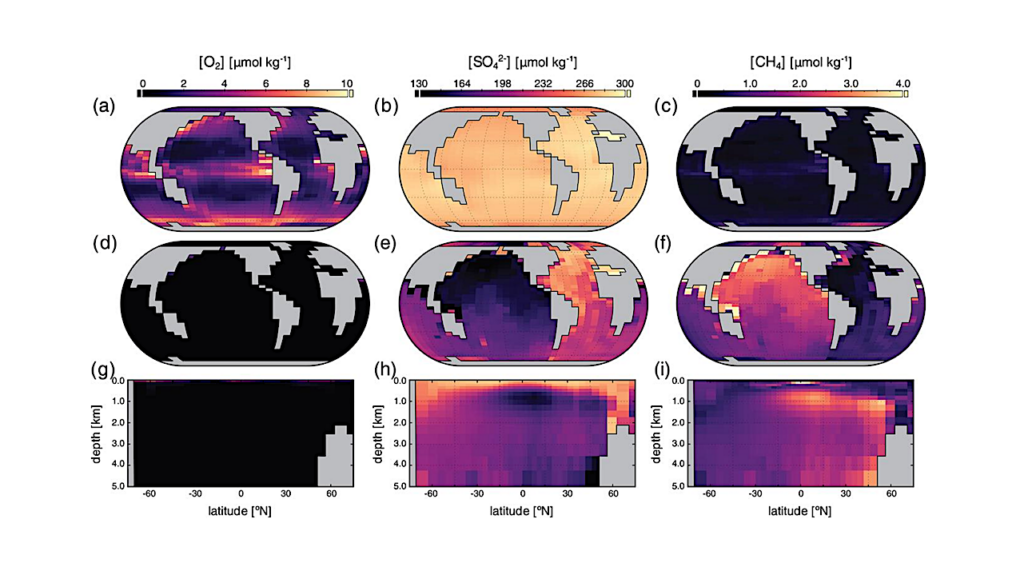Oceanographic Constraints on Exoplanet Life

Liquid water oceans are at the center of our search for life on exoplanets because water is a strict requirement for life as we know it. However, oceans are dynamic habitats–and some oceans may be better hosts for life than others.
In Earth’s ocean, circulation transports essential nutrients such as P and controls the distribution and productivity of life. Of particular importance is upwelling due to wind-driven divergence in surface layers, which returns essential nutrients that tend to accumulate at depth via the biological pump back to the sunlit regions where life is concentrated. Atmospheric buildup of biogenic gases like CH4 that are produced in the subsurface ocean also depends on upwelling.
Ocean circulation is likely to impose constraints on the activity and atmospheric expression of life in exo-oceans as well, but we lack an understanding of how ocean dynamics may differ on other planets. We address this issue by using ROCKE-3D, a fully coupled ocean-atmosphere GCM, to investigate ocean dynamics on a diversity of habitable planets. Our results suggest that planets that rotate slower and have higher surface pressure than Earth may be attractive targets for remote life detection because upwelling is enhanced on these planets. Seasonal deepening of the mixed layer on high obliquity planets may also enhance nutrient return from depth into the surface mixed layer.
Efficient nutrient recycling favors greater biological activity, more biosignature production, and more detectable life. We also find that an absence of continents may be problematic for sustaining a globally active, remotely detectable ocean biosphere due to limited nutrient fluxes from coastal upwelling and continental weathering. Our results demonstrate the importance of considering oceanographic phenomena for exoplanet life detection and motivate further contributions to the emerging field of exo-oceanography.
Stephanie L. Olson, Malte Jansen, Dorian S. Abbot
(Submitted on 6 Sep 2019)
Comments: 16 pages, 9 figure. Submitted to ApJ
Subjects: Earth and Planetary Astrophysics (astro-ph.EP)
Cite as: arXiv:1909.02928 [astro-ph.EP] (or arXiv:1909.02928v1 [astro-ph.EP] for this version)
Submission history
From: Stephanie Olson
[v1] Fri, 6 Sep 2019 14:25:15 UTC (2,412 KB)
https://arxiv.org/abs/1909.02928
Astrobiology








